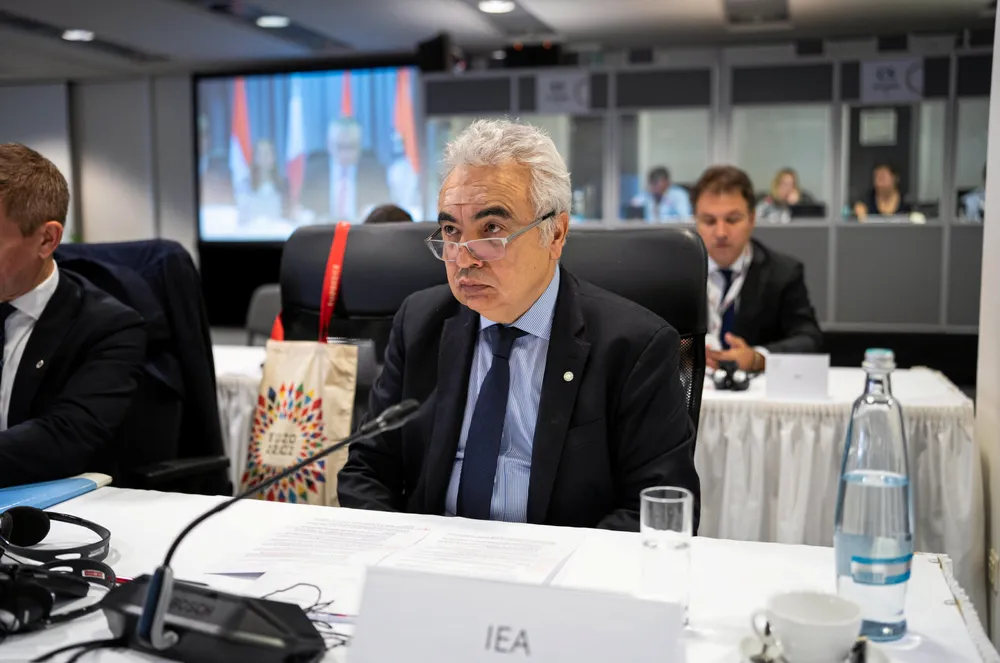More nations than just China need to step up if the world is going to triple renewable energy: IEA
Positives in global renewables rollout ‘result entirely from the speed and magnitude’ of China’s energy transition, said IEA

Countries are behind on both ambition and implementation for the global target of tripling renewables capacity by 2030, says the International Energy Agency (IEA) – and the picture would be far bleaker if not for China’s stellar progress.
The renewables rollout is key to ambitions to keep global warming below 1.5°C, as set out in the Paris Agreement, even as the world breached that threshold for the entirety of last year.
At the COP28 climate summit in Dubai last year, “nearly 200 countries pledged to triple the world’s renewable power capacity this decade, which is one of the critical actions to keep alive hopes of limiting global warming to 1.5°C,” said IEA executive director Fatih Birol.
“The tripling target is ambitious but achievable,” said Birol, “though only if governments quickly turn promises into plans of action.”
Despite the crucial role of renewables, the IEA said in a new report that very few countries have set out explicit 2030 targets in their Nationally Determined Contributions (NDCs).
This is not necessarily reflective of countries’ true ambitions, said the IEA, which, based on an analysis of nationally announced targets, found that current global renewables ambition by the end of the decade is almost 8TW.
Countries around the world now have a “major opportunity” to set stronger plans for achieving the global tripling goal by incorporating these into their new NDCs, due next year, said the IEA.
The amount of renewables capacity added worldwide each year has tripled since the Paris Agreement was signed in 2015, it said.
Global renewables additions reached almost 560GW in 2023, an unprecedented 64% year-over-year increase from 2022 and “in line with the annual pace needed to reach countries’ current ambitions for 2030.”
This is largely thanks to policy support, economies of scale and technological progress, which the IEA said has driven down the cost of solar PV and wind by over 40% over the same period and made them widely competitive with fossil fuels.
The other major factor is what the IEA has previously described as the “extraordinary” renewables rollout in China, which has helped keep the global tripling target within reach.
The positive – although still lacking – global trend for the renewables rollout in fact “results entirely from the speed and magnitude at which China is installing new renewable capacity,” said the IEA.
Without China, which installed 350GW of renewables last year, over half the global total, “the rest of the world would need to accelerate annual growth by 36% to realise the global estimated ambition,” it said.
The report also noted that solar PV and wind dominate countries’ green energy ambitions, while hydropower – despite being the world’s largest source of renewables capacity in 2022 – tends to be “overlooked,” alongside bioenergy and other renewables.